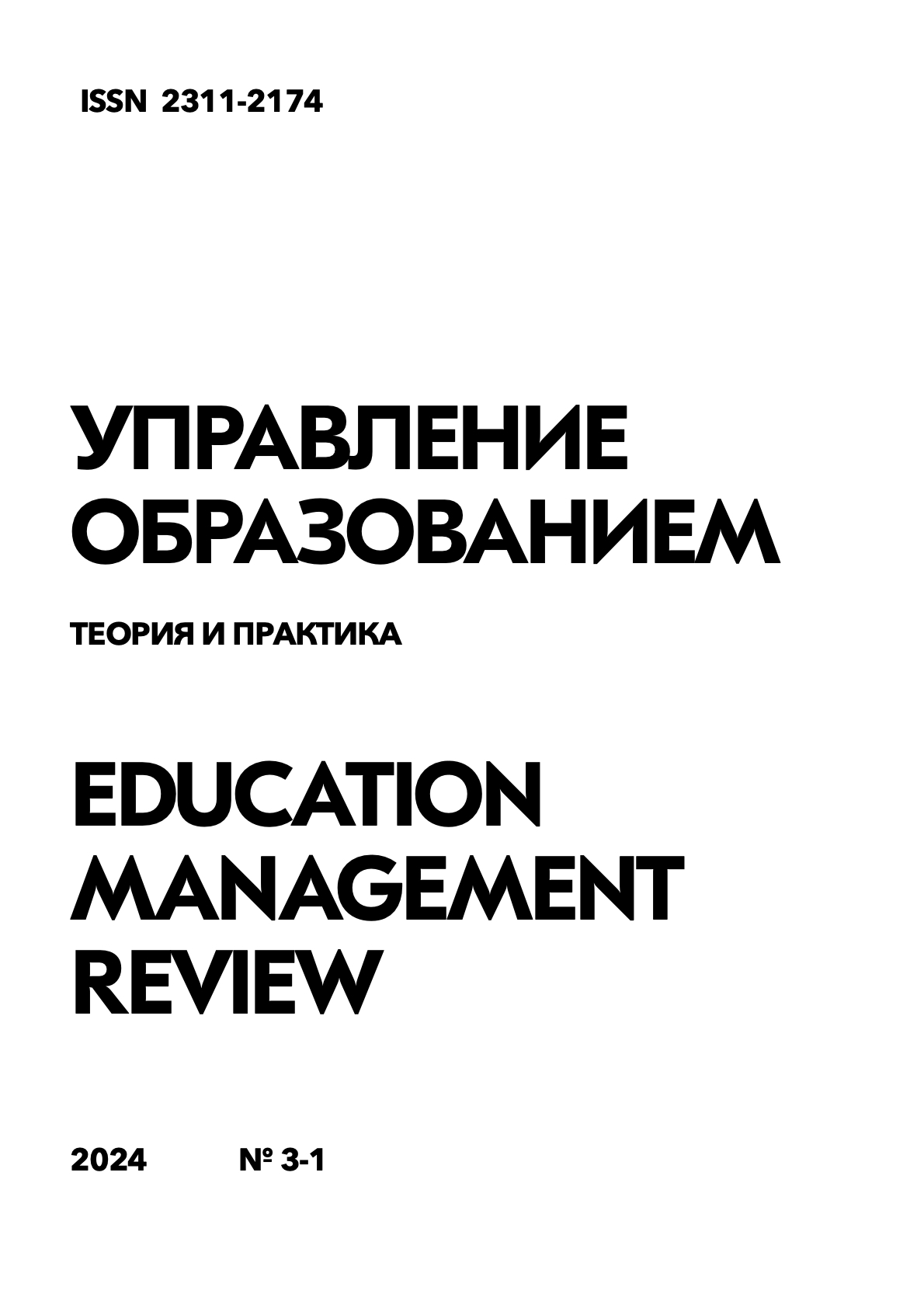Epistemological aspects of teaching graphic disciplines using the example of descriptive geometry
DOI:
https://doi.org/10.25726/r9518-1565-0466-xKeywords:
graphics, central orthogonal projection, technical images, descriptive geometry, diagrams, coordinates, epistemology, methods of cognition, induction, deduction, analysis, synthesis, classification, formalizationAbstract
Graphics as a science is a vast component of human activity, which originated in ancient times and is developing in accordance with the level of technical development of human civilization. In the process of forming graphic knowledge, methods of cognition are used, such as analysis and synthesis, deduction and induction, modeling and abstraction, classification and formalization. Graphics are a variety of images intended for different purposes. As a result of the development of technical graphic images, humanity has come to orthogonal projection, the construction laws of which are analyzed in this publication from the point of view of epistemological methods. The laws for constructing orthogonal projections and the laws for constructing central projections do not change when computer-aided design systems are introduced into modern realities and require study and application in practical engineering activities. Having examined the topics of “Point Diagram” from the point of view of applying cognitive methods in the process of studying it, we can conclude that cognitive methods are applicable in the process of graphic preparation, but, as a rule, remain outside the scope of methodological support of the learning process. The transition from the study of theory to the application of knowledge in practice necessarily includes the processing of information by methods of analysis and synthesis, consideration of the properties of objects using methods of deduction and induction, increased visibility by the method of modeling and the identification of essential qualities of objects by the method of abstraction. The application of knowledge in the process of solving graphic practice-oriented content demonstrates the formation of graphic competencies necessary in engineering activities.
References
Андрюшина Т.В., Вовнова И.Г. Применение мультимедийных продуктов в обучении графическим дисциплинам // Инновационные технологии в инженерной графике: проблемы и перспективы: сборник трудов Международной научно-практической конференции. Новосибирск: Новосибирский государственный архитектурно-строительный университет. 2019. С. 12–17.
Базенков Т.Н., Винник Н.С. 3D Модели как средство развития пространственного представления // Инновационные технологии в инженерной графике: проблемы и перспективы: сборник трудов Международной научно-практической конференции. Новосибирск: Новосибирский государственный архитектурно-строительный университет. 2019. С. 33–37.
Вяткина С.Г., Туркина Л.А. Решение задач по начертательной геометрии с применением трехмерного моделирования в системе Компас – 3D V17 // Современные наукоемкие технологии. 2020. № 4-2, С. 277-282.
Гордон В.О., Семенцов-Огиевский М.А. Курс начертательной геометрии.: учеб. пособие для вузов, под ред. В.О. Гордона и Ю.Б. Иванова. 24-е изд., стер. М.: Высшая школа, 2009. 272 с.
Михалина А.Д. Технологии компьютерной графики и их практическая реализация // Молодой ученый. 2017. № 2 (136). С. 58-61.

